Bogoljubov Plays the Bogo-Indian
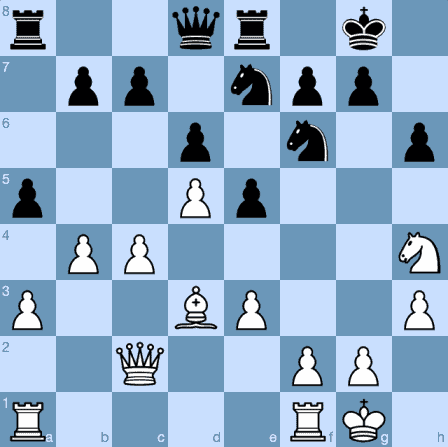
Yesterday, we looked at the basics of the Bogo-Indian Defense. Today we turn back the clock to see how the great Efim Bogoljubov, the man after whom the variation is named, played the defense. It is interesting to see him using different strategies across today’s three games, which shows the flexibility offered by the Bogo-Indian Defense. […]
Chess Opening Basics: The Bogo-Indian Defense
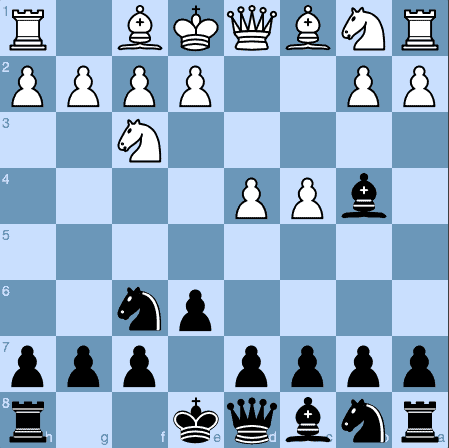
What is the Bogo-Indian Defense? The Bogo-Indian Defense is a opening for Black to meet 1.d4 2.c4 3.Nf3, which arises after the moves: 1.d4 Nf6 2.c4 e6 3.Nf3 Bb4+ The Bogo-Indian Defense If White had played 3.Nc3 then 3…Bb4 would have been the Nimzo-Indian Defense, which we covered earlier in the series. A lot of players […]
Proof of Work Challenge
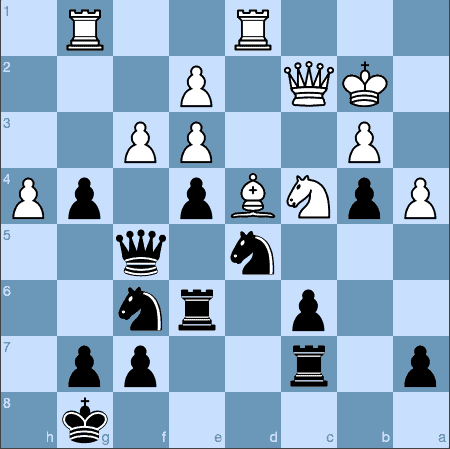
Grandmaster Simon Williams is certainly keeping himself very busy. Hot on the heels of the release of this week’s Chessable course on Grandmaster Gambits 1. e4 – Part 2: Aggressive Lines (written by Simon together with International Master Richard Palliser) comes the new Proof of Work Challenge. The Machines Play Chess This course is free and it […]
Queenless Initiative
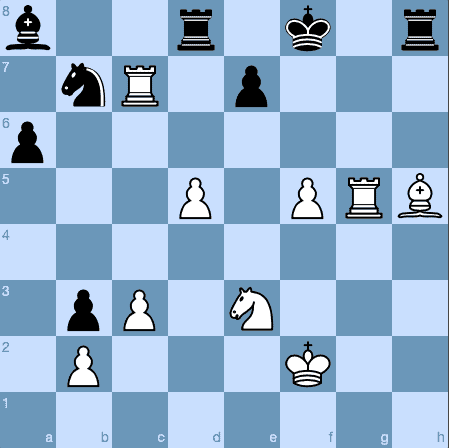
When we think of having the initiative in a game of chess, we tend not to associate it with trading queens. Yet our new Chessable course – Grandmaster Gambits 1. e4 – Part 2: Aggressive Lines by Grandmaster Simon Williams and International Master Richard Palliser – advocates several lines in which the plan is indeed to […]
Chess Opening Basics: The Nimzo-Larsen Attack
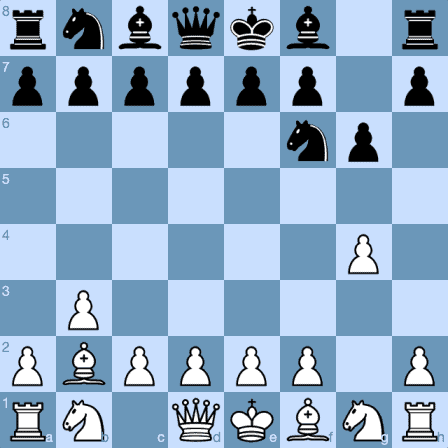
What is the Nimzo-Larsen Attack? The Nimzo-Larsen Attack starts with the unassuming little move, 1.b3. It also know as The Larsen Attack, The Nimzowitsch-Larsen Attack, the short 1.b3 and sometimes even the descriptive Queen’s Fianchetto Opening. White does indeed intend to fianchetto the queen’s bishop and this piece will be extremely relevant in the vast majority of […]
Chess Opening Basics: The King’s Indian Attack
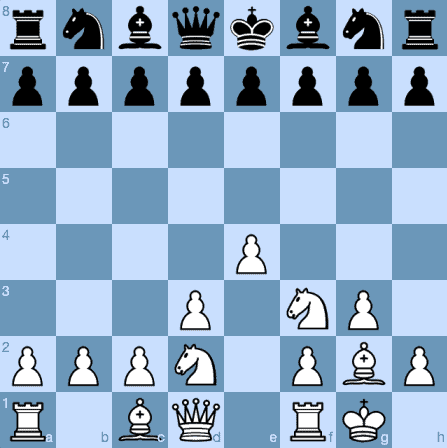
What is the King’s Indian Attack? The King’s Indian Attack (sometimes shortened to ‘KIA’ in chess literature) is an opening for White in which the first player utilises a popular black defense, but with an extra move. The King’s Indian Defense typically arises after the moves: 1.d4 Nf6 2.c4 g6 3.Nc3 Bg7 4.e4 d6 The […]
Chess Opening Basics: The Classical Sicilian
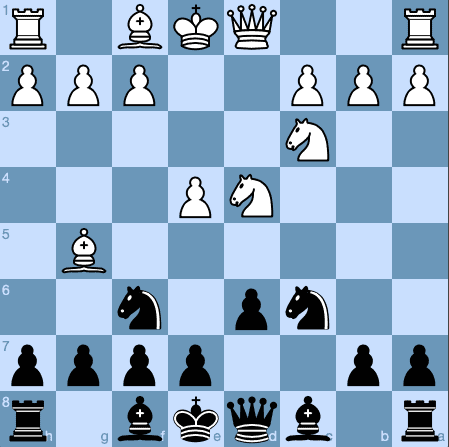
What is the Classical Sicilian? The Classical Sicilian arises after the moves: 1.e4 c5 2.Nf3 d6 3.d4 cxd4 4.Nxd4 Nf6 5.Nc3 Nc6 It is also possible to switch the moves around with 2…Nc6 and 5…d6. The Classical Sicilian As the name suggests, Black wants to develop the minor pieces in classical fashion rather than spend […]
Chess Opening Basics: The Scotch Game
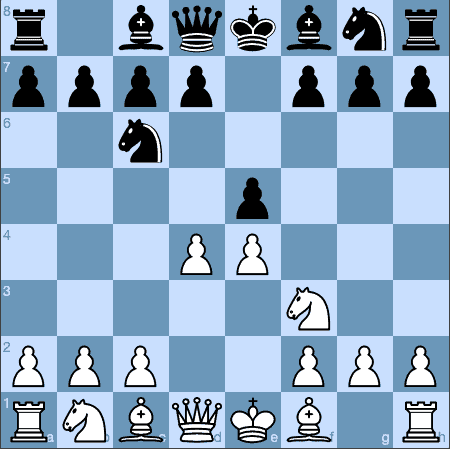
What is the Scotch Game? The Scotch Game is an alternative for White instead of the Ruy Lopez (or Spanish Game) or the Italian Game. The Scotch Game arises after: 1.e4 e5 2.Nf3 Nc6 3.d4 The Scotch Game A Short History of the Scotch Game 3.Bb5 would be the Ruy Lopez and 3.Bc4 leads to […]
Chess Opening Basics: The Pirc Defense
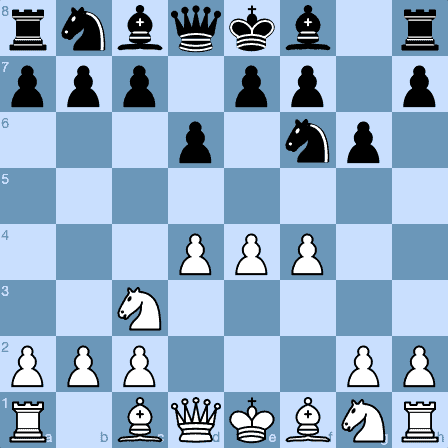
What is the Pirc Defense? The Pirc Defense is an opening for Black against 1.e4, in which the second player allows White to build a strong centre in the hope of breaking it down later. Black has to accept a spatial inferiority, at least in the initial phase of the game, but the position holds […]
Chess Opening Basics: Sicilian Najdorf, Poisoned Pawn Variation
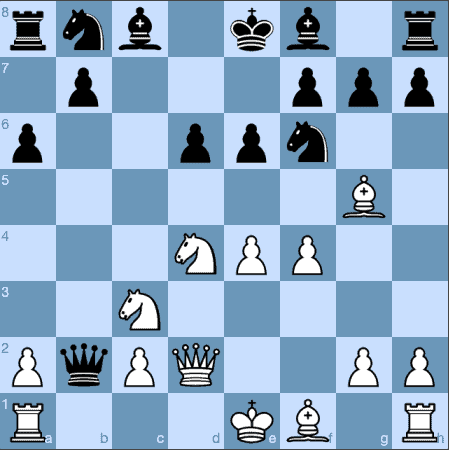
What is the Poisoned Pawn Variation of the Najdorf Sicilian? The Poisoned Pawn Variation is one of the sharpest and most heavily analyzed chess opening lines of all. It has stood the test of time and is regarded as one of Black’s best and most reliable ways of playing the Najdorf Sicilian. However, players on both […]
Chess Opening Basics: Berlin, Rio de Janeiro Variation
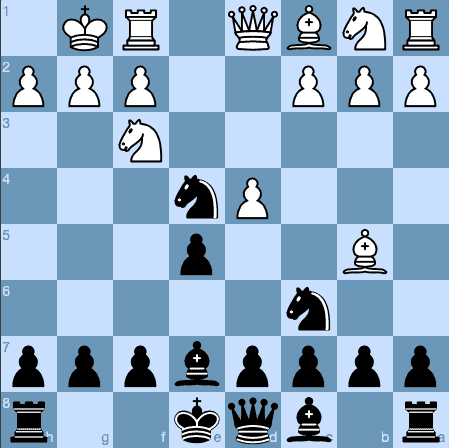
What is the Berlin Defense, Rio de Janeiro Variation? The Berlin Defense is one of the most solid of all responses to the Ruy Lopez opening. 1 .e4 e5 2.Nf3 Nc6 3.Bb5 Nf6 The Ruy Lopez, Berlin Defense The Berlin Defense was out of favour for a very long time (Black preferred other lines, starting with […]
How Good Are Your Chess Skills?
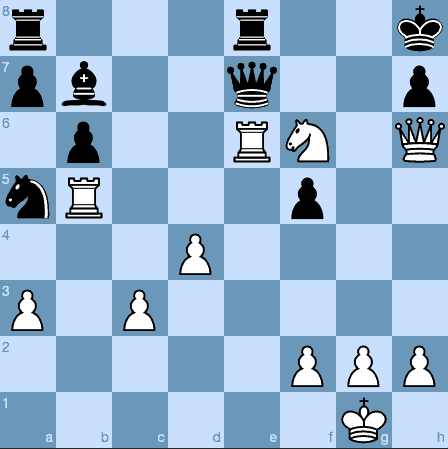
We left you last Friday with four positions to ponder, all of which are included in our course, Test Your Chess Skills, by Sarhan Gulieva and Logman Guliev. Hopefully you managed to complete your homework in good time, because today we present the answers. Position One Question: Is White’s position: A. winning; B. hopeless; C. equal? Answer: White […]
